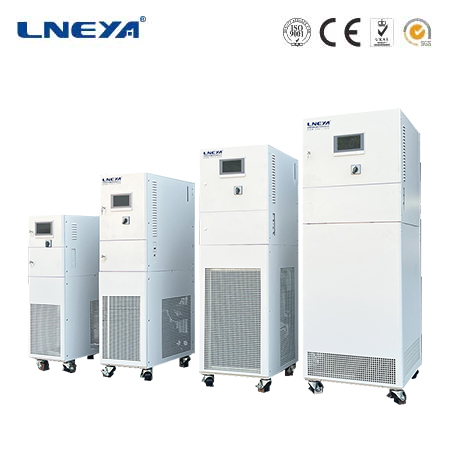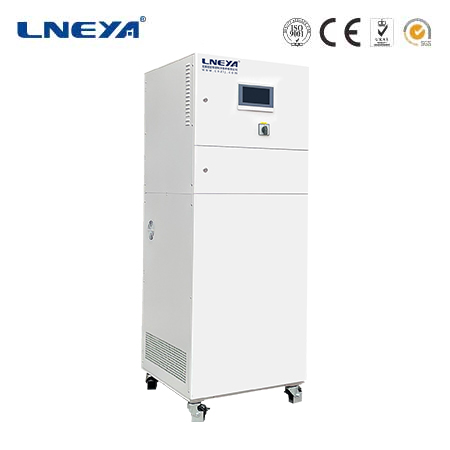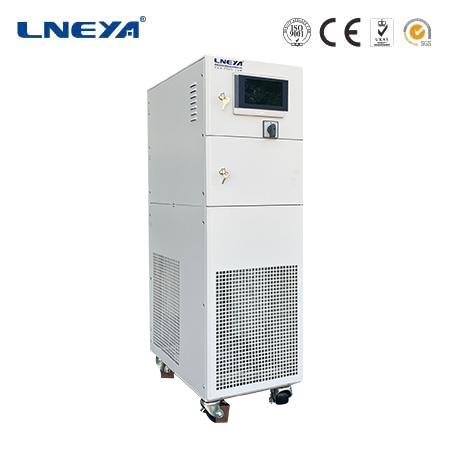air and water cooling system
Air and Water Cooling Systems: A Comprehensive Overview
I. Introduction
In modern technological and industrial settings, maintaining appropriate temperatures is vital for the proper functioning and longevity of equipment. Whether it’s a computer processing complex algorithms or a large – scale industrial machine manufacturing products, excessive heat can lead to performance degradation and even component failure. Air and water cooling systems are two of the most common methods used to dissipate this unwanted heat.

II. Air Cooling Systems
A. Working Principle
Air cooling systems operate based on the principle of convection. Heat generated by components (such as a CPU in a computer) is transferred to a heat sink. A heat sink is typically made of a highly thermally conductive material like aluminum or copper. The large surface area of the heat sink allows for more efficient heat transfer to the surrounding air. A fan is then used to force air over the heat sink. As the air moves past the heat sink, it absorbs the heat and carries it away, cooling down the heat sink and, in turn, the component it is attached to.
B. Components
Heat Sink: As mentioned, it is designed to maximize the surface area in contact with the air. Heat sinks often have fins that increase the surface area available for heat transfer. The shape and size of the fins can vary depending on the application and the amount of heat that needs to be dissipated.
Fan: Responsible for creating the airflow over the heat sink. Fans come in different sizes, speeds, and airflow capacities. The speed of the fan can sometimes be adjusted based on the temperature of the component being cooled. For example, in some computer cases, the fan speed increases as the CPU temperature rises.

C. Advantages
Simplicity: Air cooling systems are relatively simple in design. There are fewer components compared to water cooling systems, which makes them easier to install and maintain. For example, in a home – built computer, installing an air – cooled CPU cooler is a straightforward process that can be done by most enthusiasts without specialized knowledge.
Cost – Effectiveness: They are generally less expensive. The components such as heat sinks and fans are mass – produced, keeping the costs down. This makes air cooling a popular choice for budget – conscious consumers, especially in applications where the heat load is not extremely high.
D. Disadvantages
Limited Cooling Capacity: Air has a relatively low heat capacity compared to water. This means that air cooling systems may struggle to dissipate large amounts of heat efficiently. In high – performance gaming computers or servers with multiple powerful processors, air cooling might not be sufficient to keep the components at optimal temperatures under heavy loads.
Noise: The fans used in air cooling systems can produce noise, especially when running at high speeds to dissipate more heat. This can be a significant drawback in environments where quiet operation is desired, such as in a home office or a library.
E. Applications
Personal Computers: Air cooling is widely used in standard desktop and laptop computers. Most off – the – shelf computers come with air – cooled CPUs and graphics cards. It is suitable for general computing tasks such as web browsing, word processing, and light gaming.
Some Consumer Electronics: Devices like game consoles often use air cooling systems. For example, the PlayStation and Xbox consoles have internal fans and heat sinks to keep their components cool during operation.
III. Water Cooling Systems
A. Working Principle
Water cooling systems use water as a coolant. The basic principle is that water, which has a high heat capacity, circulates through a closed – loop system. First, the water passes through a cold plate that is in direct contact with the heat – generating component. Heat from the component is transferred to the water. The warm water then flows to a radiator. In the radiator, the heat is transferred from the water to the surrounding air, cooling the water down. The cooled water then returns to the cold plate to repeat the cycle.

B. Components
Cold Plate: This is the part that makes direct contact with the component to be cooled. It is designed to efficiently transfer heat from the component to the water flowing through it. Cold plates are usually made of materials with high thermal conductivity, similar to heat sinks in air cooling systems.
Pump: Responsible for circulating the water through the closed – loop system. The pump ensures a constant flow of water, which is essential for efficient heat transfer. There are different types of pumps available, with varying levels of power and noise output.
Radiator: Similar to the radiator in a car, it has a large surface area to facilitate the transfer of heat from the water to the air. Fans are often attached to the radiator to increase the airflow and enhance the cooling effect.
Tubing: Connects all the components in the water cooling system. The tubing needs to be flexible enough to allow for easy installation and routing within the system, while also being able to withstand the pressure of the circulating water.
C. Advantages
High Cooling Efficiency: Due to the high heat capacity of water, water cooling systems can absorb and transfer more heat compared to air cooling systems. This makes them ideal for applications with high heat loads, such as overclocked CPUs in high – performance gaming computers or powerful servers in data centers.
Quiet Operation: In many cases, water cooling systems can operate more quietly than air cooling systems. The pump and fans in a water cooling system can be adjusted to run at lower speeds while still maintaining effective cooling, reducing the overall noise level.
D. Disadvantages
Complexity: Water cooling systems are more complex in design and installation. There are more components to assemble, and proper routing of the tubing is crucial to ensure optimal water flow. Any leaks in the system can cause significant damage to the components being cooled.
Cost: They are generally more expensive than air cooling systems. The cost of components such as high – quality cold plates, pumps, and radiators, along with the need for specialized tubing and coolant, adds up to a higher overall cost.
E. Applications
High – Performance Computers: Overclockers and gamers who push their computer components to the limit often use water cooling systems. By effectively cooling overclocked CPUs and GPUs, water cooling allows for higher performance and more stable operation.
Data Centers: Servers in data centers generate a large amount of heat. Water cooling systems are used to keep these servers cool, ensuring their continuous and reliable operation. In some data centers, a centralized water cooling system is used to cool multiple servers at once.
Industrial Applications: In some industrial equipment, such as high – power lasers and certain manufacturing machines, water cooling is used to maintain the temperature of critical components. This helps to ensure the accuracy and longevity of the equipment.
IV. Comparison and Selection
When choosing between an air and water cooling system, several factors need to be considered. If the heat load is low to medium, and cost and simplicity are important factors, an air cooling system is likely the better choice. For example, in a basic office computer, air cooling will be sufficient and more cost – effective. However, for high – performance applications where heat dissipation is critical and noise is a concern, a water cooling system may be the way to go. In a high – end gaming rig or a data center server, the increased cooling efficiency and quieter operation of a water cooling system can justify the higher cost and complexity.
In conclusion, both air and water cooling systems have their own unique characteristics, advantages, and disadvantages. Understanding these aspects is essential for making an informed decision on which cooling system is most suitable for a particular application, whether it’s in the realm of consumer electronics, computing, or industrial processes.
Related recommendations
refrigeration unit ton
188Refrigeration Unit Ton: Understanding Cooling Capacity Measurements The "refrigeration unit ton," often abbreviated as RT, is a traditional unit of measurement for the cooling capacity of refri...
View detailsair cooled chiller manufacturers
29Air - cooled chillers are essential in numerous applications, from small - scale commercial setups to large industrial facilities. They offer a convenient and often cost - effective way to remove ...
View detailswater chiller cooling system
272Introduction to Water Chiller Cooling Systems Water chiller cooling systems, also known as chilled water systems, are refrigeration systems that use water as a secondary refrigerant for heating...
View detailselectric heaters for liquid
78Electric Heaters for Liquid Electric heaters for liquid are essential equipment in many industries and applications where there is a need to increase the temperature of various liquids. They op...
View details
 LNEYA Thermal Test Chillers
LNEYA Thermal Test Chillers







HelloPlease log in